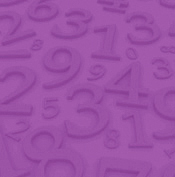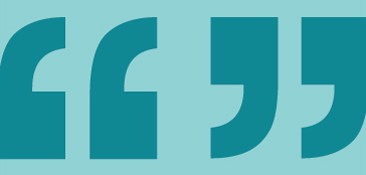Arts in Academia Arrive at UB
Category: Noteworthy
A four-year institution, even one boldly embracing the 21st century, requires some traditional fields of study. Beginning this fall, the University of Baltimore will begin offering its first fine arts degree in a decidedly UB fashion: investigating not just the subject matter but its contemporary, very real, working-world applications.
The Bachelor of Arts in Integrated Arts invites students to specialize in one fine art—whether it be music, visual arts, theater, dance, design, creative writing, film and video or anything else about which they are passionate—and then examine that particular art in three different areas: production, analysis and practical applications, which incorporate “grant writing, arts management, how to sustain yourself as a freelance artist, how to do PR for an arts organization,” explains Jonathan Shorr, former executive director of the School of Communications Design, where the program will be housed, within the University’s Yale Gordon College of Arts and Sciences.
This allows UB to provide a fine-arts major “while at the same time not competing head to head with other area schools,” Shorr says. Students will be able to complete their production courses at UB or at other area institutions, should students want to engage in arts that UB does not offer, thereby alleviating the need for UB to build facilities like music and art studios.
"We hope that the line between arts classroom and arts community will increasingly blur."
“This major is consistent with the University’s strengths and traditions,” Shorr says. “Our strengths are English, creative writing, graphic design, video, public policy and business. No other program in the area integrates those subjects. We also have a long history of accepting transferred courses from other institutions, so that helps us fill in the arts production and performance gap.”
The University also is rich in faculty and administrative staff who are engaged in the arts and are excited about bringing their enthusiasm to the classroom, making this program very interdisciplinary, another trademark of UB education.
The program contributes to UB’s mission of community engagement, too. “It connects us and our students to the community in yet another way,” Shorr adds. “We’ll bring in guest speakers, we’ll have students shadowing and interning with artists and arts organizations and the students will be attending arts events. We hope that the line between arts classroom and arts community will increasingly blur.”
Shorr hopes to target people who have a passion for the arts but don’t want to abandon it for the sake of a lucrative career. “We think our target audience will be people who are really interested in the arts but at some point realized they couldn’t make a career as an artist,” he says. “Historically, what’s happened to those people is that if they couldn’t be professional violinists, they’d become accountants or insurance salesmen. This degree provides that middle ground, allowing them to continue working in a field that they love.”




